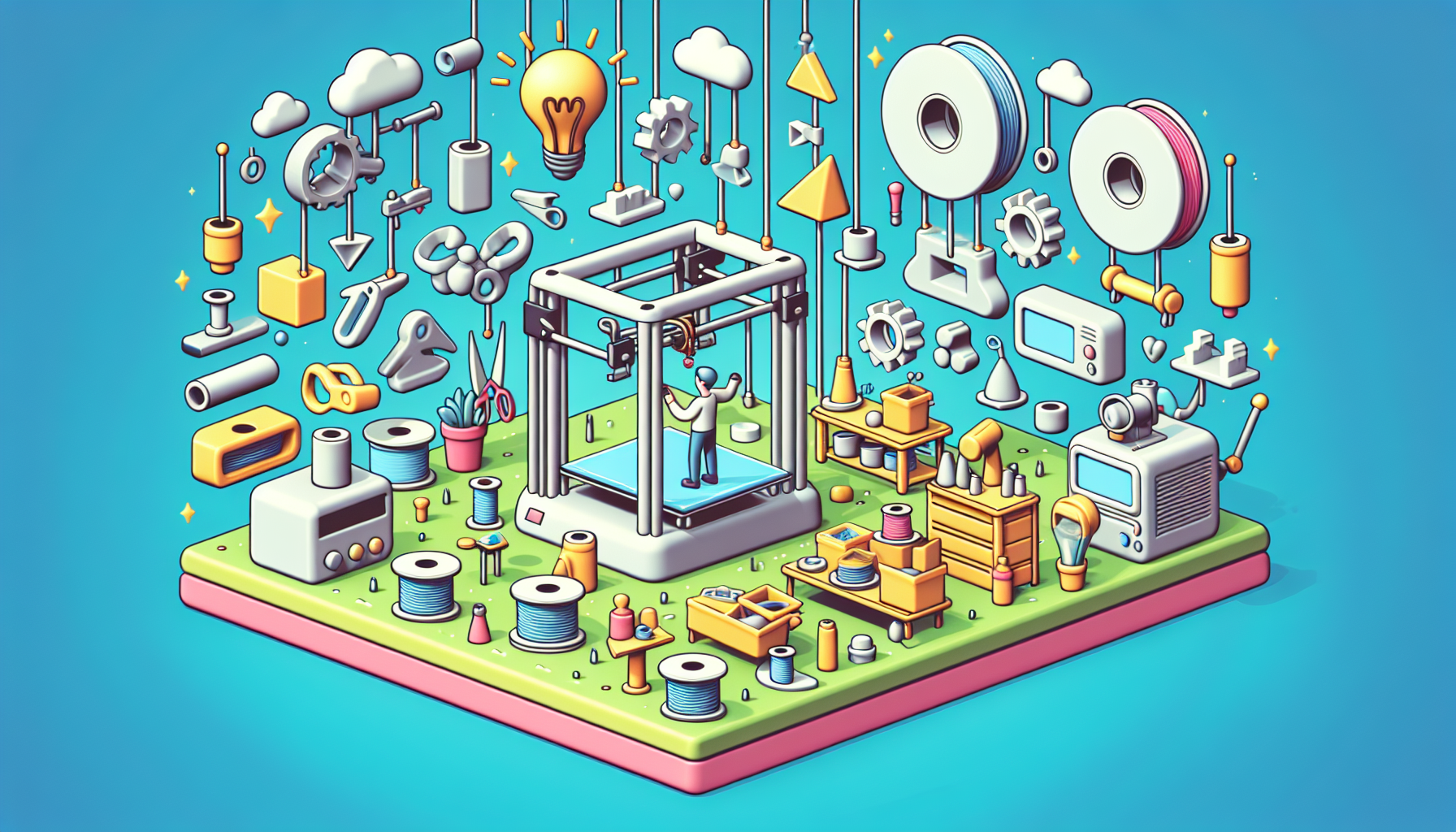
The modern world is revolutionized with technological advancements, with 3D printing at the forefront.
This technology, also known as additive manufacturing, has shaped various industries by providing an innovative approach to manufacturing that goes beyond traditional methods. From prototyping to production, 3D printing has reshaped the way we create, design, and innovate.
Impacting the Medical Field
In the realm of healthcare, 3D printing has significantly influenced the fabrication of medical equipment and devices.
Previously, the production of sophisticated medical equipment was a complex and costly process. However, with the advent of 3D printing, medical professionals can now create customized prosthetics, surgical tools, and even artificial organs with relative ease.
Moreover, the technology enables the creation of patient-specific implants. These customized implants have a higher success rate as they are created to match the individual patient’s anatomy perfectly. The possibility of printing bio-compatible materials also means that these implants can be safer and more comfortable for the patient.
Changing the Landscape of Construction
In the construction industry, 3D printing has brought a new era of innovation.
It allows construction companies to print entire structures and buildings in significantly less time than traditional methods. The technology also reduces the amount of waste produced during construction, making it a more sustainable and eco-friendly option.
Furthermore, the use of 3D printing technology in construction allows for more creative and intricate designs.
Architects can now push the boundaries of what’s possible, designing buildings and structures that wouldn’t have been feasible with traditional construction methods.
Transforming the Automotive Industry
In the automotive industry, 3D printing has streamlined the production process.
Manufacturers are now able to create complex parts quickly and at a lower cost. This technology also allows for greater flexibility in design, enabling manufacturers to create more efficient and high-performing vehicles.
The manufacturing of spare parts has also become more efficient. Rather than holding a large stock of spare parts, companies can now print these items on-demand, reducing storage costs and waste.
Revolutionizing the Fashion Industry
Even the fashion industry hasn’t escaped the influence of 3D printing.
Designers are using the technology to create intricate and unique pieces that are otherwise impossible to create using traditional methods. From jewelry to shoes, 3D printing is enabling designers to push the boundaries of creativity, offering consumers unique, personalized fashion items.
Final Thoughts
As we stand at the brink of a new era, the potential of 3D printing is truly limitless. This incredible technology has already begun to disrupt traditional manufacturing and design processes across various industries. The revolution of 3D printing promises to shape a future where customization and innovation are not only possible but are the norm.
With ongoing developments, it’s exciting to see what the future holds for 3D printing technology.